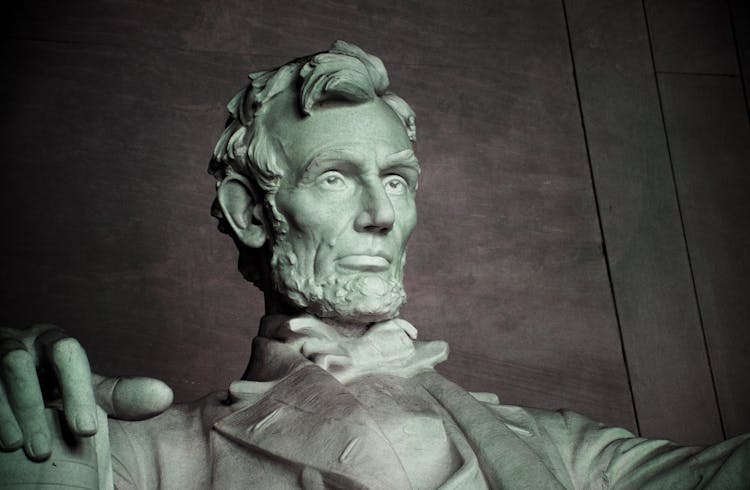All Categories
Featured
Table of Contents
The Lincoln Memorial, a towering figure of national pride, stands not only as a monument to President Abraham Lincoln but also as a symbol of the values he championed. Designed by prominent architect Henry Bacon, this neoclassical marvel draws inspiration from the Greek Parthenon, reflecting ideals of democracy and freedom. Its strategic location at the western end of the National Mall enhances its stance as a pivotal site of national memory and reflection.
The memorial's exterior, adorned with 36 Doric columns, represents the states of the Union at the time of Lincoln's assassination in 1865. This symbolic perimeter encases a solemn interior that houses the imposing statue of Lincoln, crafted by renowned sculptor Daniel Chester French. The presence of inscriptions from Lincoln's Gettysburg Address and his Second Inaugural Address further adds layers of historical context and educative depth, drawing numerous visitors and scholars alike.
A Pinnacle of Civil Rights Movements
Over the decades, the Lincoln Memorial has transcended its role as a mere historical artifact to become a vibrant venue for social change and civic expression. It was on these steps that Martin Luther King Jr. delivered the iconic "I Have a Dream" speech during the March on Washington in 1963, linking Lincoln's legacy with the civil rights movement's goals for equality and justice. This event, among others, has solidified the memorial's reputation as a space where crucial national dialogues are not only made but also heard and remembered.
The site continues to serve as a gathering place for demonstrations and public gatherings, echoing the ongoing relevance of Lincoln's ideals in contemporary societal issues. The memorial has thus become a dynamic archive of the American experience, an embodiment of the nation's complex journey through conflict, reconciliation, and hope.
Design Elements and Artistic Nuances
The interior of the Lincoln Memorial is a masterwork of artistic expression and architectural finesse. The central hall holds the awe-inspiring seated figure of Lincoln, facing east towards a direct line of sight down the National Mall towards the Washington Monument and the United States Capitol. This alignment is symbolic, representing the perpetuity of Lincoln's vision for the nation.
The side chambers, lesser-known yet equally poignant, feature murals painted by Jules Guerin, depicting principles such as charity and unity. These artistic components complement the textual messages enshrined in the memorial, creating a holistic narrative that champions the universal values Lincoln stood for.
A Guide to Experiencing the Lincoln Memorial
Open to visitors 24 hours a day, the Lincoln Memorial offers a reflective journey to those who walk its steps. Night visits provide a different perspective; the statue of Lincoln, illuminated against the dark sky, creates a contemplative ambiance.
For those interested in historical artifacts or memorabilia, items such as the Abraham Lincoln National Memorial Replica Statue or the Lincoln Memorial Building Block Set offer a way to bring a piece of American history into one's home. These products celebrate Lincoln's enduring legacy and serve as educational tools or decorative items that honor his memory and the values he epitomized.
What is the historical significance of the Lincoln Memorial?
How can one best experience the Lincoln Memorial?

Popular Reads
Latest Posts
Water Footprint of Mining Operations
Blooming in Tight Quarters Apartment Gardening Essentials
How to Choose the Right Roofer in Cleveland OH